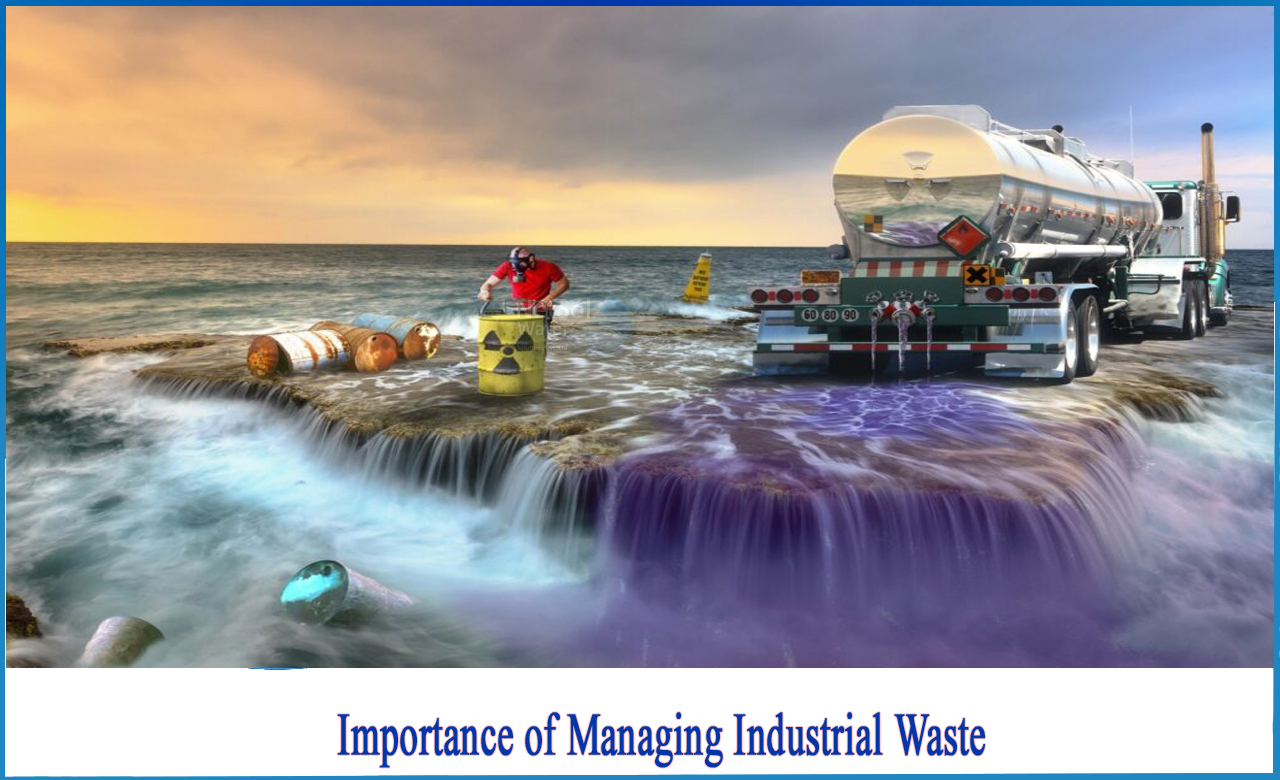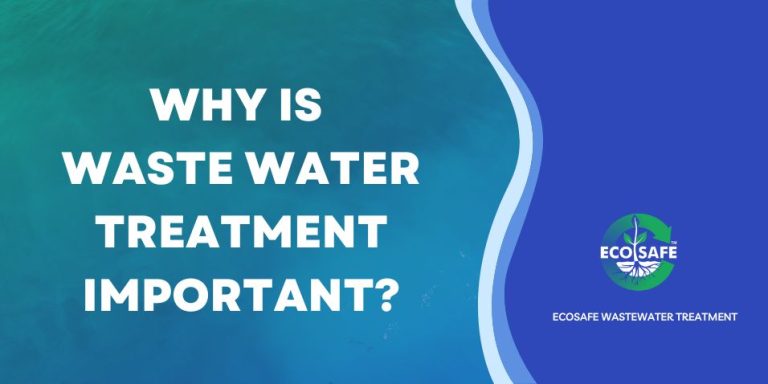Reclaim Waste for Dummies
Reclaim Waste for Dummies
Blog Article
The Single Strategy To Use For Reclaim Waste
Table of ContentsReclaim Waste for BeginnersAn Unbiased View of Reclaim WasteThe Main Principles Of Reclaim Waste The Single Strategy To Use For Reclaim WasteSee This Report on Reclaim WasteSome Ideas on Reclaim Waste You Need To Know

Never ever place unsafe substances down sinks, commodes or stormwater drains pipes Substances consisting of petrol, grease, oil, chemicals and herbicides, and solvents such as paint strippers ought to not be put down sinks, toilets or stormwater drains. These materials are challenging to get rid of in the sewage therapy process and create air pollution problems in our neighborhood waterways.

Although liquid waste is a term that covers a broad selection of products, there's a great reason that leaving its disposal to the professionals is recommended. Liquid waste is non-solid material that has no further usage and should be treated and dealt with according to local, state and federal policies.
Not known Facts About Reclaim Waste
Although instances of liquid waste can consist of wastewater, fats, oils or oil, used oil, liquids, solids, gases or sludges and harmful family liquids, there are some that are taken into consideration to be a lot more unsafe than others when it pertains to the atmosphere and the health and wellness of animals and humans alike. It's therefore that each state and territory have actually stringent guidelines linked to liquid waste administration.
Fluid waste can be stored in holding containers or packaged in drums, intermediate mass containers or accepted tiny containers before either being dealt with or gotten rid of through outsourced vacuum cleaner vehicles. Provided the nature of the products, fluid waste can not enter the basic waste stream and there are strict guidelines on exactly how to get rid of it appropriately.
(https://www.intensedebate.com/people/reclaimwaste1)Relying on a determination of the degree of danger, it might be required to remediate those sites. Furthermore, harmful fluid chemical wastes are controlled waste and must be tracked in conformity with the state waste regulation. Under the chain of custodianship and duties, proprietors are responsible and liable for waste produced by a company.
One of the core applications for superabsorbent polymers (SAPs) is liquid waste solidification. liquid waste disposal. SAPs are used by waste monitoring specialists to stop potentially dangerous fluids from entering waterways, groundwater aquifers, and various other sensitive environments. Since fluids can rapidly transfer impurities into environmental receptors and possibly contribute to geotechnical failings, liquid wastes are generally restricted from disposal in garbage dumps
Things about Reclaim Waste
Generally, totally free fluids are liquids that divide from the solid section of waste product. Fluid waste can include the following: HDD mud and cuttings Landfill leachate Wastewater therapy sludge & biosolids Dredged debris Oil and gas drill cuttings Working out pond muck Hydro Excavation slurry Coal burning residuals/ash Tank bottom sludge Concrete grinding/polishing slurry Associated Short article: For a practical instance of cost-free liquids dividing from waste product, think about the complying with circumstance: A waste administration service provider loads a dump associate sludge from a wastewater treatment plant's oygenation basin, throughout a routine maintenance occasion.
When the driver shows up at the landfill, he notices water seeping from the sludge and pouring from the dump vehicle. The lots was declined by the garbage dump and the chauffeur was forced to dispose of the waste as a fluid waste at an unique facility, which increased the disposal charges greatly.
We additionally need to be liable for the correct disposal of our waste products. It is not enough that we pay waste disposal firms to take care of our rubbish.
A Biased View of Reclaim Waste

Segregating your waste can start inside the home. Segregate completely dry and fluid waste as well as edible waste, naturally degradable and non-biodegradable materials.
Layer the bottom with soil to soak up the wet waste. Layer the garden compost with damp and dry waste as well as dirt to preserve a balance between the wet and the completely dry.
Reclaim Waste - An Overview
To facilitate faster disintegration, you can likewise include semi composted soil to the compost. If you see the smell is ending up being too solid, add additional newspapers and paper waste or add more holes to the garden compost container to maintain the balance of the waste materials.
The globe is sinking in rubbish and we can not pay for to be untrustworthy any longer. We have to act and reuse whatever we can anywhere we can. We likewise need to be in charge of the correct disposal of our waste products. It is not sufficient that we pay waste disposal companies to deal with our rubbish.
Our waste, our obligation. Have you ever before wondered what occurs to your fluid waste after it's gathered? Did you recognize that liquid waste can be recycled?
The 7-Second Trick For Reclaim Waste
Segregating your waste can start inside the home. Segregate dry and liquid waste as well as edible waste, naturally degradable and non-biodegradable materials.
You can utilize old garbage container, container, garden pot or old plastic drums. Drill four to five holes in the container so the air can circulate. Layer the bottom with dirt to soak up the damp waste. Beginning the composting procedure. Layer the garden compost with wet and dry waste as well as soil to maintain a balance in between the damp and the completely dry.
Cover the garden compost container. When a week, add soil in addition to the garden compost. To promote faster disintegration, you can likewise add semi composted soil to the compost. Keep the garden compost. If you observe the odor is becoming also solid, add extra papers and paper waste or add more openings to the compost container to maintain the balance of the waste materials.
Report this page